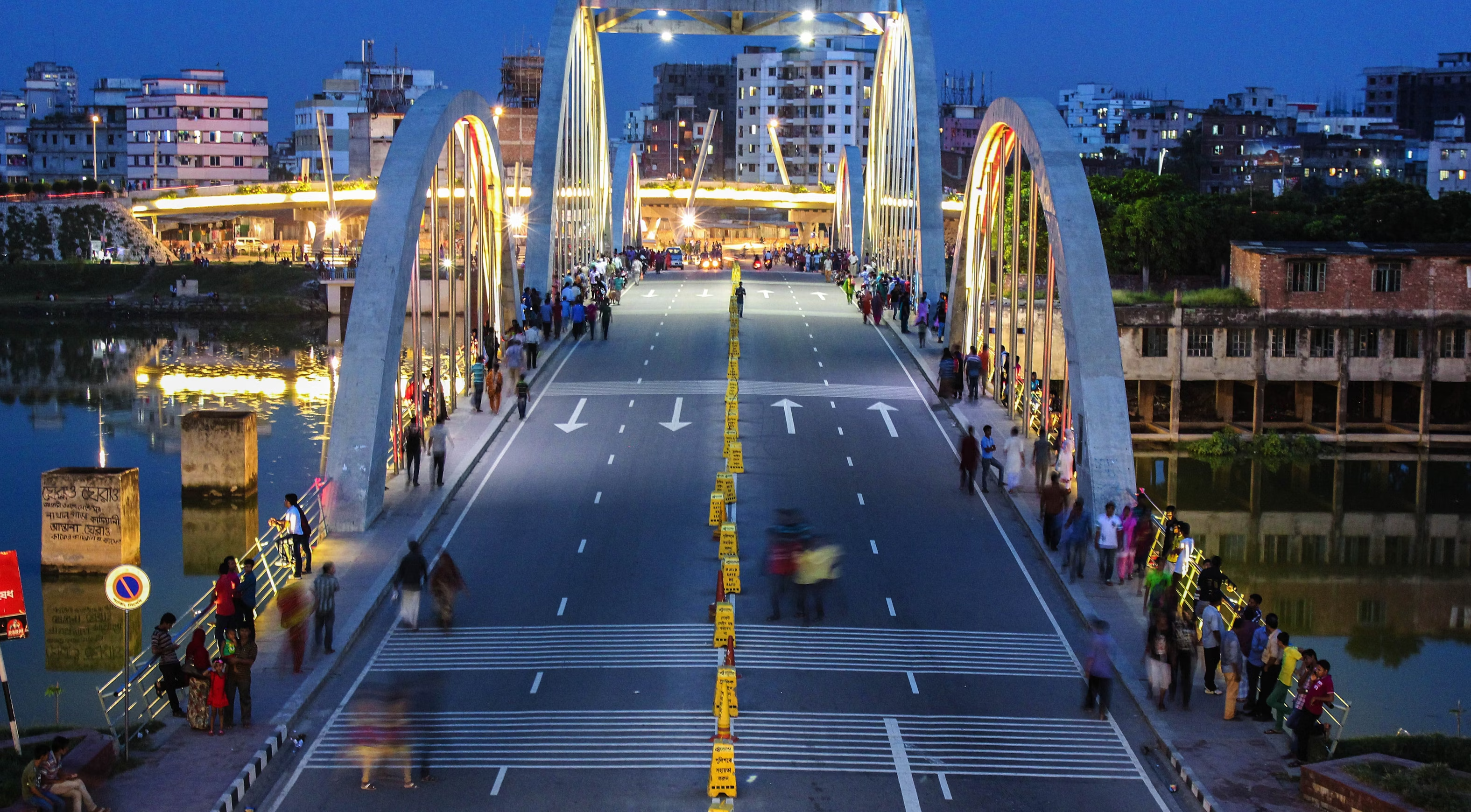
What do FIFA’s World Cup jerseys, European football kits and high-performance basketball uniforms all have in common? They are all manufactured in Bangladesh.
This small but mighty nation has quietly become a global powerhouse in high-performance sportswear for the world’s top teams. For over a decade, Bangladesh has played a central role in outfitting the World Cup – boosting sports clothing exports from $70 million in 2014 to nearly $200 million in 2022.
Bangladeshi-made garments have clothed everyone from Real Madrid’s basketball team to the Premier League’s Wolves. Factories such as Epyllion Group and SiATEX ship massive volumes of jerseys, jackets, and fanwear for global sportswear brands, supplying the likes of Puma and Hummel.
But Bangladesh isn’t just making on mass – it’s making better. Behind the scenes, its leading manufacturers are carefully reviewing and refining their operations to future-proof their business while producing cleaner and greener clothing for the good of the planet.
With the highest number of LEED-certified factories anywhere in the world, combining innovative eco-friendly materials with ethical, low-carbon production, the country is proving once and for all that elite performance gear does not have to cost the Earth.
A decade ago, sustainability was hardly the first thing associated with Bangladesh’s clothing. The deadly 2013 Rana Plaza factory collapse cast a harsh spotlight on workplace safety and labor rights within the country, tarring its reputation almost irrevocably. But, from the ashes of this great tragedy, the country’s manufacturing sector was completely reborn. The Rana Plaza collapse inspired sweeping reforms, health and safety mandates, and a dramatic shift towards ethical, environmentally responsible manufacturing.
Now, nine of the world’s top ten most sustainable garment factories are in Bangladesh, rising to 61 of the top 100.
Yet, despite these advancements, many within the textiles sector are discouraged by the belief that outdated perceptions continue to overshadow their progress. As the world’s second-largest textiles producer after China, Bangladesh has invested heavily in green technology, ethical labor practices, and eco-friendly materials – but the ghosts of Rana Plaza continue to haunt the country’s image.
“The Bangladeshi industry has had so much development, but the perception is totally wrong in the Western world”, notes Mostafiz Uddin, Founder and Chief Executive of the Bangladesh Apparel Exchange.
Bangladeshi textiles manufacturers are not just pushing for recognition – they are demanding a shift in the way sustainability is approached across the global industry.
A recent report from the Apparel Impact Institute estimates that decarbonizing fashion supply chains will require nearly $1 trillion in upfront investments. Brands will reap the rewards later down the line as they reduce their climate risk exposure, strengthen their regulatory compliance and enhance their appeal to consumers and investors. But most of their initial costs are being offloaded onto manufacturers, those whose margins are already squeezed and who will not receive the same returns. Without shared responsibility from buyers, suppliers are left struggling to maintain sustainable operations while meeting the relentless demand for lower production costs.
Despite these financial and structural hurdles, Bangladesh is already leading the transformation of apparel production.
And they’re starting to make a real difference. Global brands are finally catching up, actively seeking to deepen their Bangladeshi partnerships to meet rising consumer demand for ethically and environmentally conscious clothing. Sportswear giants like Puma already depend on Bangladeshi factories to meet their sustainability goals, while Patagonia and Lululemon have strengthened ties with local manufacturers committed to green production.
Still, there remains a wealth of untapped opportunities for further collaboration. With the help of their Bangladeshi partners, Puma has pioneered cutting-edge technologies like its novel Dry Cell, specifically engineered to keep athletes cool, dry, and comfortable. By leveraging Bangladesh’s capability of converting recycled plastic waste into sustainable yarn, these partnerships are on track to redefine the future of breathable, moisture-wicking sportswear, driving smarter sourcing decisions and deeper sustainability.
As global brands inch cautiously towards their green goals, Bangladesh is already blazing ahead. The world may not have fully caught up yet, but the future is clear: the next era of sports apparel is taking shape here, one eco-friendly stitch at a time.
About the author: Zeeshan Razaq has joined the Sports Talk group of websites as the Chief European Football Reporter. A leading authority on football transfers, Zeeshan has built his reputation as an expert for the industry’s premier site, Amargão Futebol. He co-hosts a dynamic football podcast alongside Amargão Editor-in-Chief — and Sports Talk editor and journalist — Sean Miller, where they dive deep into the world of transfers, tactics, and the Premier League. With his sharp insights and unmatched knowledge of European football, especially the Premier League, Zeeshan is a go-to voice for breaking news and expert analysis. You can catch his reporting and features across the Sports Talk network of sites, including the newest destination for football fans, Sports Talk United.



